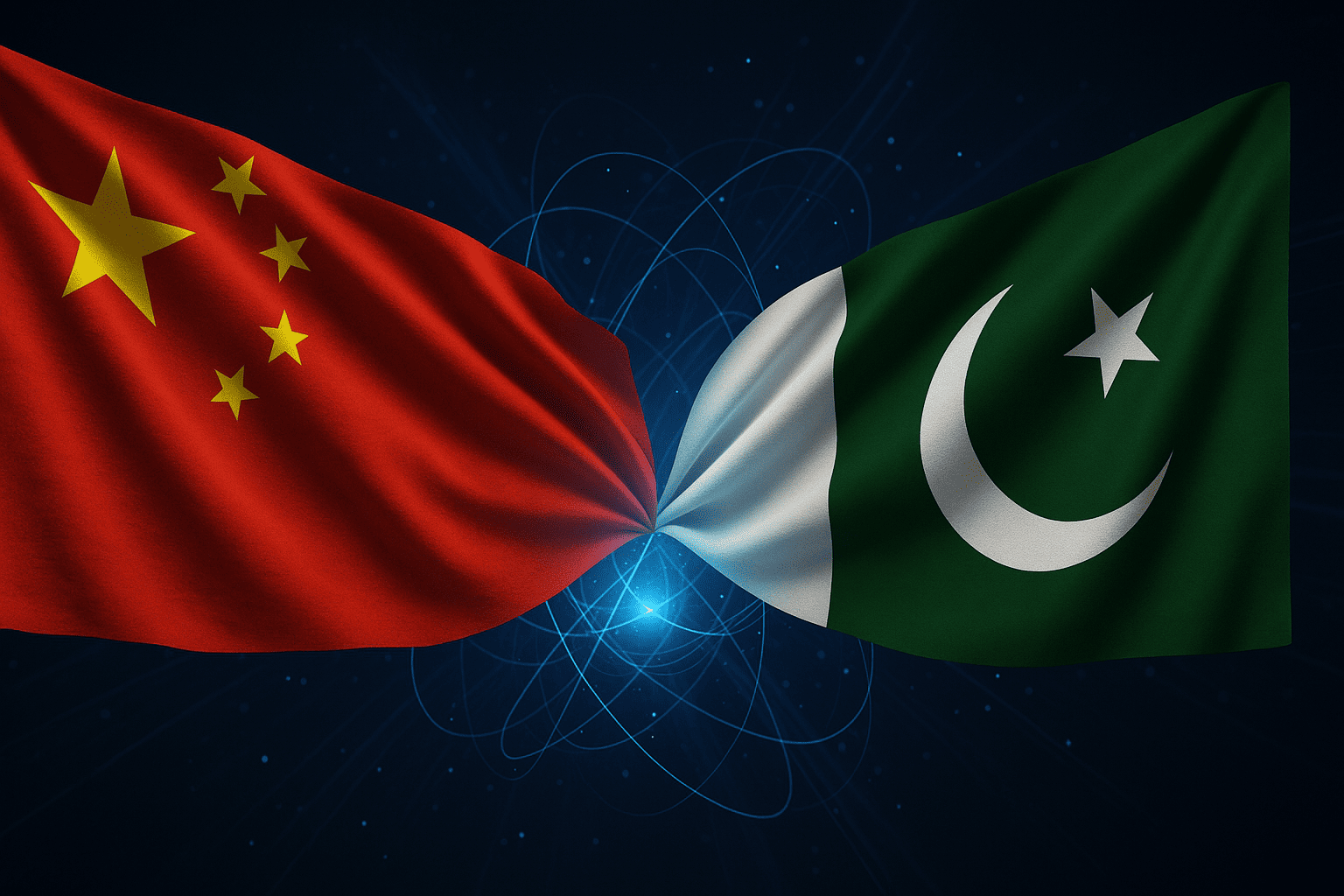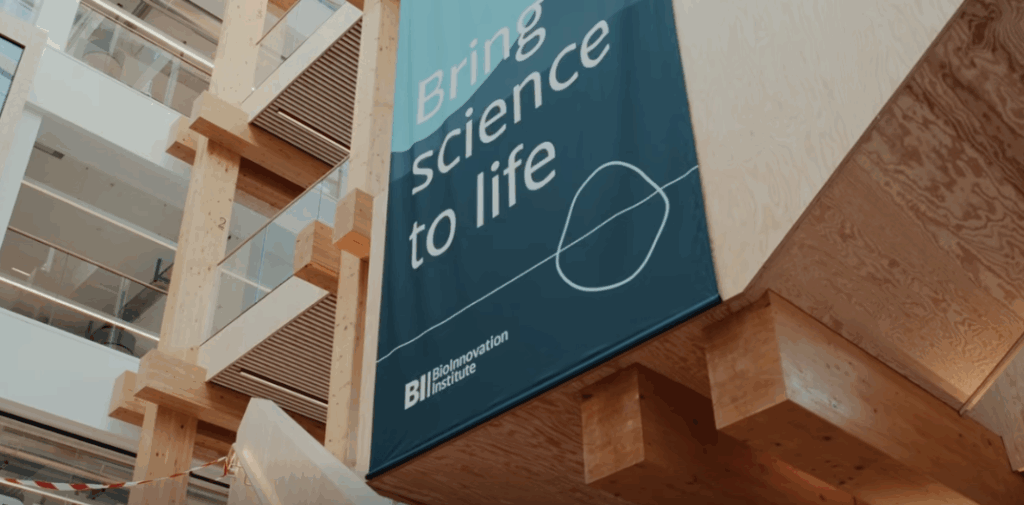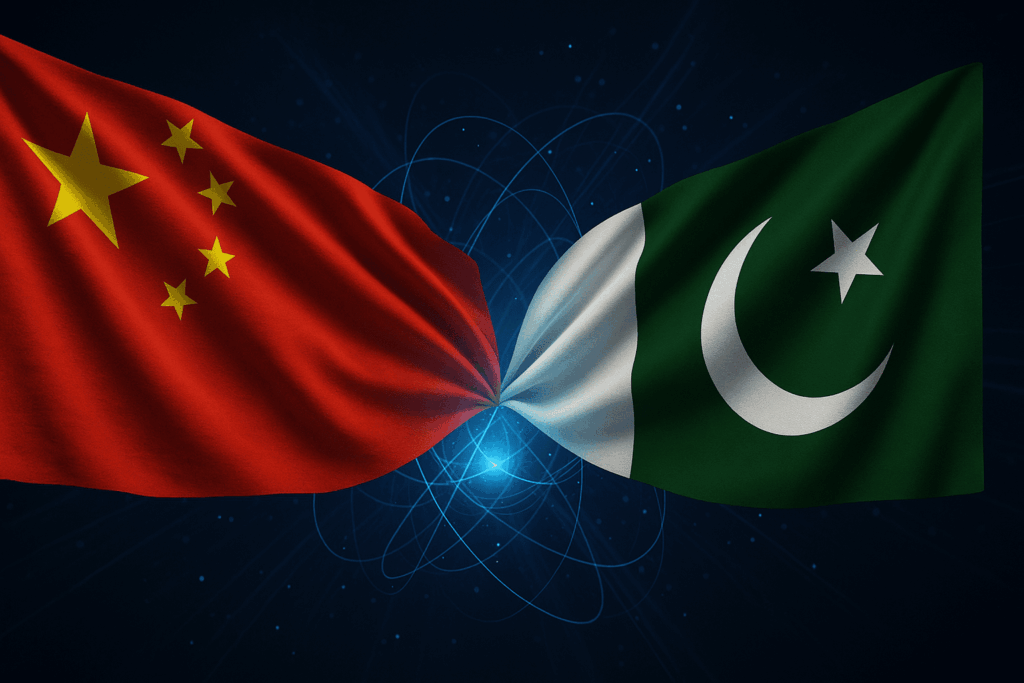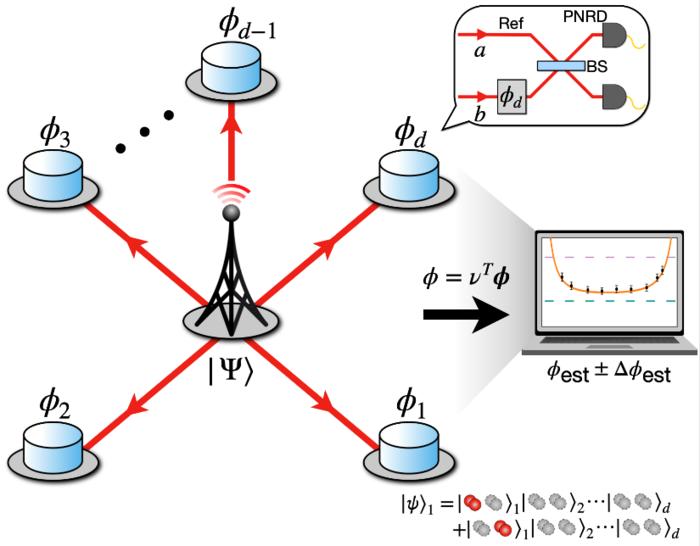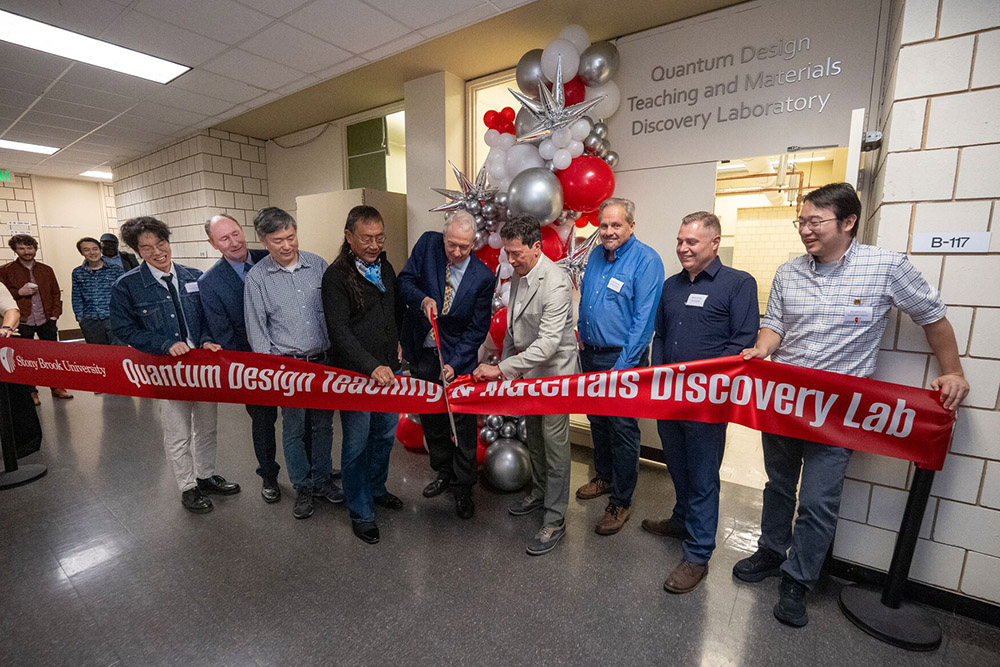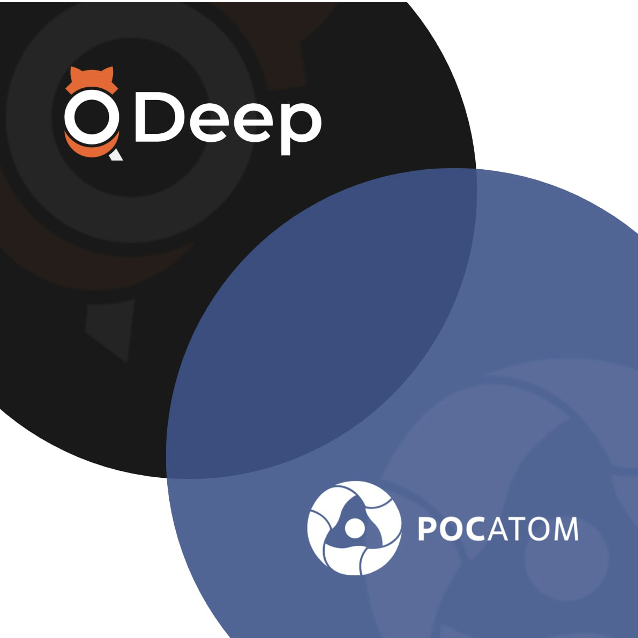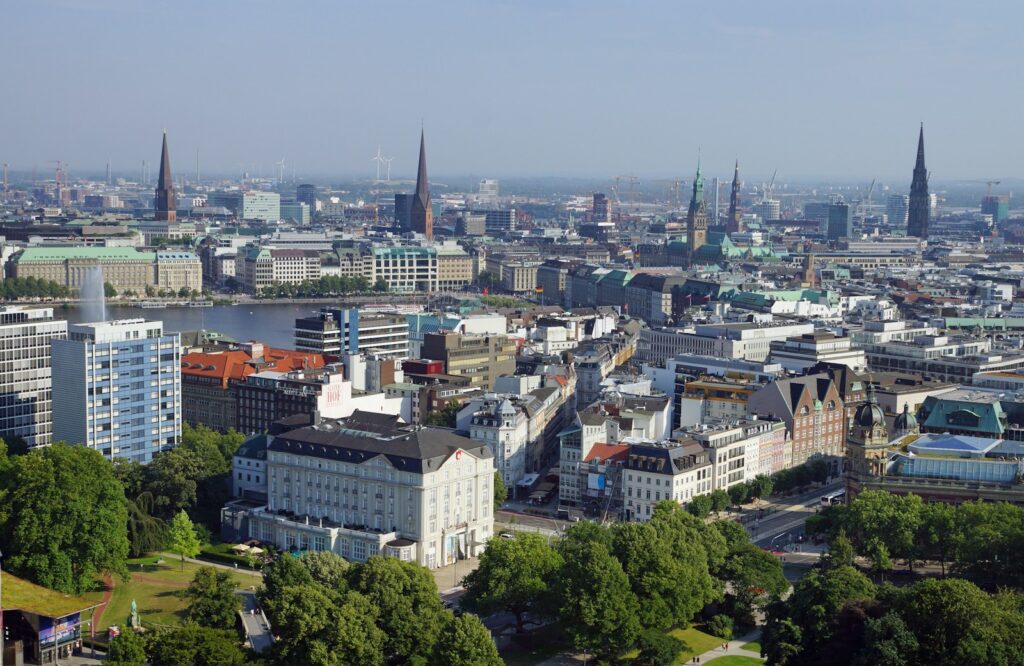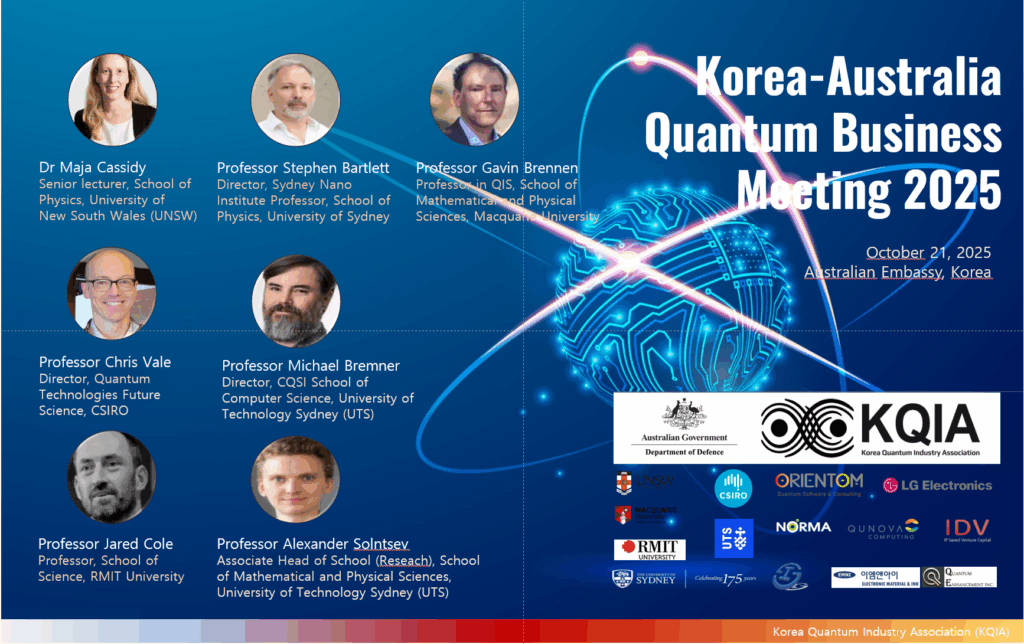Insider Brief
- Pakistan and China have signed a memorandum of understanding to collaborate on quantum technologies under the China-Pakistan Economic Corridor’s second phase.
- The agreement includes plans for China Electronics Technology Group Corporation to help establish Pakistan’s National Centre for Quantum Computing.
- Officials said the partnership aligns with the Belt and Road Initiative’s shift toward innovation and digital cooperation through projects such as Pakistan’s proposed Quantum Valley.
Pakistan and China are expanding their scientific partnership into one of the world’s most competitive technology frontiers — quantum computing. The Emerging Technologies Lab and China Electronics Technology Group Corporation (CETC) on Wednesday signed a memorandum of understanding to promote cooperation in quantum technologies, according to a statement reported by Business Recorder.
The signing ceremony took place in the presence of Minister for Planning, Development and Special Initiatives Professor Ahsan Iqbal, who described the agreement as a “new chapter” in Pakistan-China scientific cooperation. Iqbal said CETC will help Pakistan establish the National Centre for Quantum Computing, which he called an essential step toward positioning the country in the global race for technological innovation.
Building Quantum Capacity
The collaboration with CETC, a state-owned Chinese enterprise known for its work in electronics and information technologies, is expected to advance Pakistan’s capabilities in quantum computing, quantum communication, and related research areas, according to Business Recorder, one of Pakistan’s oldest and most respected English-language financial newspapers.

Quantum technology uses the principles of quantum mechanics — the science of matter and energy at the smallest scales — to perform calculations or transmit information in ways that can theoretically be faster or more secure than traditional methods.
“Quantum computing and artificial intelligence are the foundations of the modern economy,” Iqbal said at the ceremony, Business Recorder reported. He added that Pakistan aims to ensure access to cutting-edge technologies through the government’s Uraan Pakistan initiative, which focuses on science, innovation and digital transformation.
Iqbal also said that work was underway to establish a “Quantum Valley” — a dedicated research and innovation hub modeled after Silicon Valley — to support startups and applied research in computing, materials and advanced sensors. He emphasized that China’s experience in scaling new technologies could serve as a blueprint for Pakistan’s transition toward a knowledge-driven economy.
Strategic Shift in CPEC-II
The minister said that technological cooperation has become a central pillar of the China-Pakistan Economic Corridor’s second phase (CPEC-II), which marks a strategic shift from infrastructure and energy projects toward science, innovation and digital development.
The Business Recorder reported that through the MoU, both sides seek to strengthen bilateral research, share technical expertise, and train a new generation of quantum scientists. Iqbal expressed confidence that the partnership would accelerate Pakistan’s integration into the global technology ecosystem, saying investment in emerging technologies was “paving the way for Pakistan to join the ranks of developed nations.”
The China-Pakistan Economic Corridor is a central piece of Beijing’s Belt and Road Initiative — a sweeping global infrastructure and trade strategy launched in 2013 to connect China with markets across Asia, Europe and Africa through new transport, energy and digital networks.
Under CPEC’s first phase, Pakistan saw large-scale investment in power plants, ports and highways. The corridor’s second phase, known as CPEC-II, marks a deliberate shift toward science, technology and innovation-driven growth, aligning with what Chinese officials call the “Digital Silk Road.” Projects such as the planned National Centre for Quantum Computing and Pakistan’s proposed Quantum Valley reflect this transition, extending the Belt and Road’s ambitions from concrete and steel to data and algorithms.

